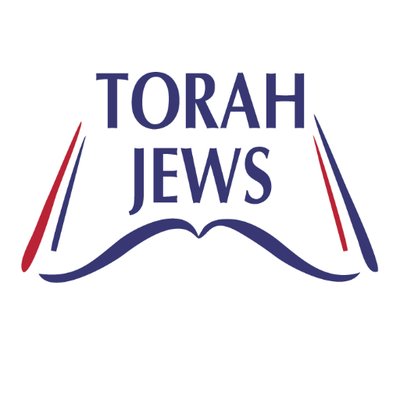The Rogachover Gaon (1858-1936), in a letter of reply to Rabbi Yitzchok Sternhell of Tzanz, editor of the monthly Torah journal “Hakochav,” wrote:
Regarding what you asked about settling the Holy Land, this is only for individuals, and we must not do it as a group, as it states at the end of tractate Kesubos, that we must not go up as a wall. See Yuma 9b [where it is clear that group immigration, even when peaceful, is considered ‘as a wall’]. The Rambam also holds that only settling Eretz Yisroel is a mitzvah, not buying land there. For in this matter there is a contradiction between Gittin 8b [where it states that there is a mitzvah to buy fields in Eretz Yisroel] and Bava Kama 80b [where only houses are mentioned], and the Rambam (Hilchos Shabbos 6:11) rules in accordance with Bava Kama.
In Tzofnas Paneach on Parshas Miketz, he wrote that when Yaakov Avinu faced danger from the ruler of Egypt (who was actually his own son Yosef) he employed two of the same strategies he had used when meeting Esav. Just as he had met Esav’s challenge with a gift and a prayer, so too here he used a gift of the best fruits of the Holy Land and a prayer: “May G-d Almighty give you mercy before the man…” But he did not use war, because he wished to teach a lesson to his descendants not to fight wars during the exile, as it states in Kesubos 111a: “He adjured them not to rebel against the nations.” (It seems that the Rogachover Gaon understood that Yaakov’s exile to Egypt really began from this time. Previously, when meeting Esav, he had not been considered in exile and thus was permitted to fight if necessary.)
tags:
